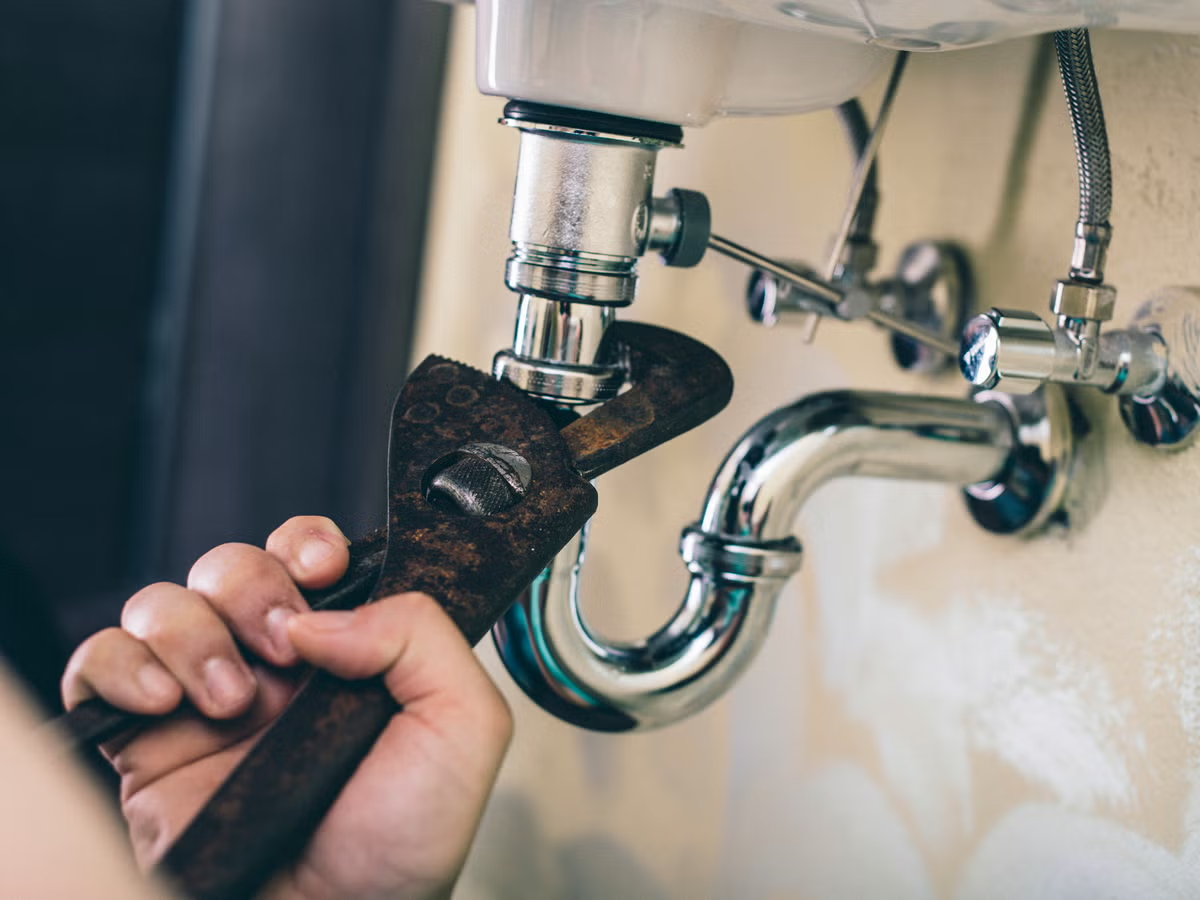Plumbing professionals often utilize heavy tools that can cause injuries if used incorrectly, while their need to crouch down in hard-to-reach spaces requires them to crouch down with heavy tools in their hands, leading to back and neck injuries as a result.
Plumbing work often necessitates working with hazardous substances such as asbestos and lead. Exposure to such hazardous materials over time may lead to respiratory illnesses that cause lasting harm, potentially endangering workers as well as customers alike.
1. Electrical Shock
One of the greatest plumbing hazards is electrical shock. Plumbers frequently work close to electrical and gas lines, and any leakage near these locations could potentially lead to deadly shocks if water leaks through leaky pipes. To protect against this risk, plumbers must ensure all pipes are sealed securely while taking care when near live wires.
Exposure to toxic fumes and chemicals poses another potential safety hazard. Many plumbing tasks involve the use of toxic materials like drain cleaners, solvents and adhesives which may irritate skin, eyes or respiratory tract. Plumbers should always wear appropriate PPE when handling chemicals as per manufacturer instructions for best practices.
Plumbing can also be risky due to slip and fall accidents. Plumbers working in tight spaces or on ladders and scaffolding are vulnerable to falls; fortunately, such incidents can be avoided by scheduling professional inspections regularly and conducting repairs as soon as issues are detected.
2. Chemical Exposure
Many plumbing tasks involve the use of chemicals that can be dangerous if they come into contact with either skin or are inhaled, so proper protective gear – gloves, masks and goggles – is absolutely essential for this task. Furthermore, making sure your work space has adequate ventilation will also help ensure no toxins enter the atmosphere.
Older homes may pose an increased risk for chemical exposure as their lead pipes corrode and release toxic elements into drinking water supplies, according to Improvement Center. Such contaminants could include cadmium which has been known to cause kidney damage among other health complications.
Toxic element contamination can be identified by noting green or blue stains in the sink or toilet, along with white scale buildup on faucets and shower heads. If unexplained symptoms arise, medical assistance should be sought immediately. It’s advisable to flush your pipes prior to drinking or cooking as this will flush away any contaminants that have built up over time.
3. Falling Objects
Plumbers work with equipment that makes loud noises, including buzzing electronic machines, pounding mechanisms and banging tools that may damage hearing. Furthermore, you’re frequently in close proximity with gas lines and electricity which pose the risk of electric shock or burn injuries.
Falling objects pose another threat when working on ladders in plumbing, even when taking precautions against them. A misplaced object could cause serious injury. Furthermore, plumbing requires you to access tight spaces such as storage tanks, ducts, sewers, trenches or industrial boilers where oxygen levels may be lower than elsewhere – these spaces pose a suffocation risk as oxygen levels decrease rapidly there.
Clogged drains can produce harmful gases like chlorine gas that may result in respiratory issues for you and your employees. Working closely with human waste and polluted water sources is part of everyday plumbing practice – which exposes plumbers to illnesses like gastroenteritis, diarrhoea, tularemia, leptospirosis and lymphocytic choriomeningitis as potential risks.
4. Suffocation
As plumbers often face similar risks as police officers, soldiers, or fire fighters, it can be hard to think of other professions with comparable dangers – yet that is precisely the job of plumbers! However, taking precautionary steps against severe injuries should always be a top priority.
Natural gas mixing with air in areas where there’s an unfixed leak or blockage can result in poisoning and even death, while drains may contain toxic gases like hydrogen sulphide that make breathing impossible and render the environment unlivable.
Plumbers typically work in tight spaces where there’s less oxygen than usual, such as industrial boilers, ductwork, crawl spaces and sewers. Suffocation or collapse are two very real risks when working with potentially toxic materials; that’s why it is imperative for plumbers to wear dust masks and respirators when handling potentially harmful substances; additionally they should always double check that their workspace is secure before beginning a task.




